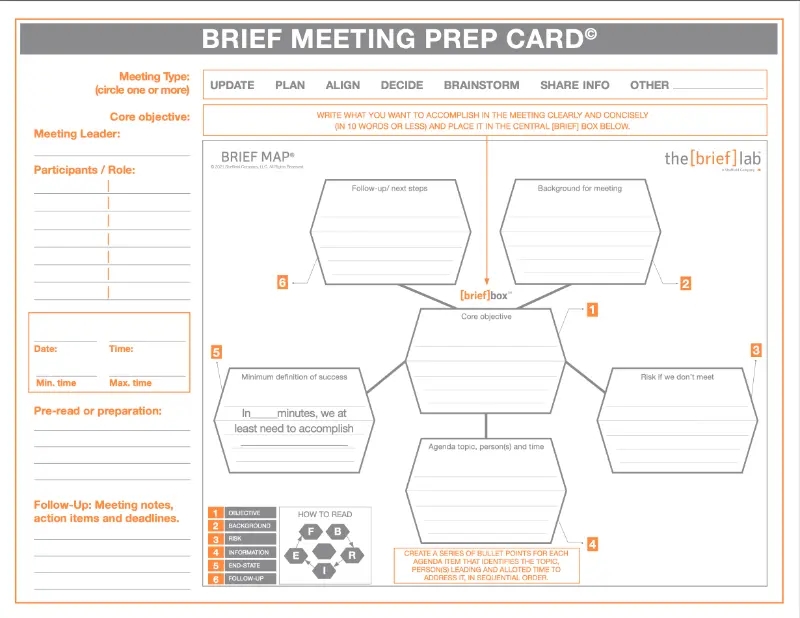[vc_row css=”.vc_custom_1512688589392{background-image: url(https://thebrieflab.com/wp-content/uploads/2017/12/teamnotSampPage.jpg?id=11489) !important;background-position: center !important;background-repeat: no-repeat !important;background-size: cover !important;}”][vc_column][mk_padding_divider size=”420″][/vc_column][/vc_row][vc_row css=”.vc_custom_1510950050416{padding-top: 67px !important;padding-bottom: 10px !important;}”][vc_column][/vc_column][/vc_row][vc_row][vc_column][vc_column_text]
Signs your team is not on the same page
You’ve heard it before: hope isn’t a strategy. A business leader needs to know his or her team is on the same page. But all too often business leaders don’t know – and this leads to big problems down the road.
Sometimes leaders confuse excitement and enthusiasm for strategic clarity. Other times, leaders sense that they are dragging a team in a particular direction, instead of relying on their team to drive progress with a unified purpose. Whatever the situation, the consequences are serious—poor sales figures, lots of quotes but no closing, delays in purchase, and more.
In this episode of “Just Saying,” I identify the early indicators that the people in an organization are not on the same page – about a strategy, a big initiative or the organization’s goals – and offer a few tools for correcting this issue.
WATCH FOR THE WARNING SIGNS
Endless meetings. If your organization or team isn’t on the same page, you’ll see that meetings don’t accomplish a goal – they only lead to more meetings. Meetings should exist for the sake of clarity and making decisions, and they should be run with purpose. When teams don’t share a common purpose, they’ll be stuck in a cycle of endless and useless meetings.
No plan in writing. A lack of documentation often signals a lack of consensus. If it’s hard to find the plan in writing, then it’s hard to circulate the plan. A vision, a set of goals, or a value proposition should be documented, and everybody should have access to the document.
Updates about activities, not results. The updates you hear from people list activities but not outcomes. When people are unclear about what they should be accomplishing, they mask their confusion with evidence of busy-ness.
LEADERS REPEAT AND CHANGE MESSAGES OVER TIME
When they are lacking clarity—and when there’s no documentation to keep them focused—ineffective leaders tend to repeat themselves. They repeat the vision, the goal, the plan, but they’re not consistent. The result? The message shifts over time from a clear set of objectives and strategies to a series of unfocused rants.
More talk, less clarity. When a team isn’t focused, the volume of their talk keeps growing. Before meetings, in emails, on conference calls – there’s too much talk and not enough action. Increased conversations about a topic often indicate your people aren’t on the same page.
As with any good intervention, identifying the problem is the first step. The good news is, it’s not the last. There are three key things leaders and teams can use to prevent confusion and ensure everyone is on the same page.
1. Develop and document a one-page plan. Maybe even laminate it! Do whatever you can to preserve your plan.
2. Have your team members describe the plan briefly. Give them permission and a safe opportunity to play back to you their understanding of the plan.
3. Report only on the results. Guide your team away from reporting on busywork or effort. Instead, have them focus on outcomes.
Once you’ve identified your team’s missing focus or lack of shared understanding, these three strategies will help you avoid negative outcomes and unify your people. We can help with that, too. Check out the team test at thebrieflab.com, a diagnostic tool to help you assess your team’s effectiveness.[/vc_column_text][/vc_column][/vc_row]

